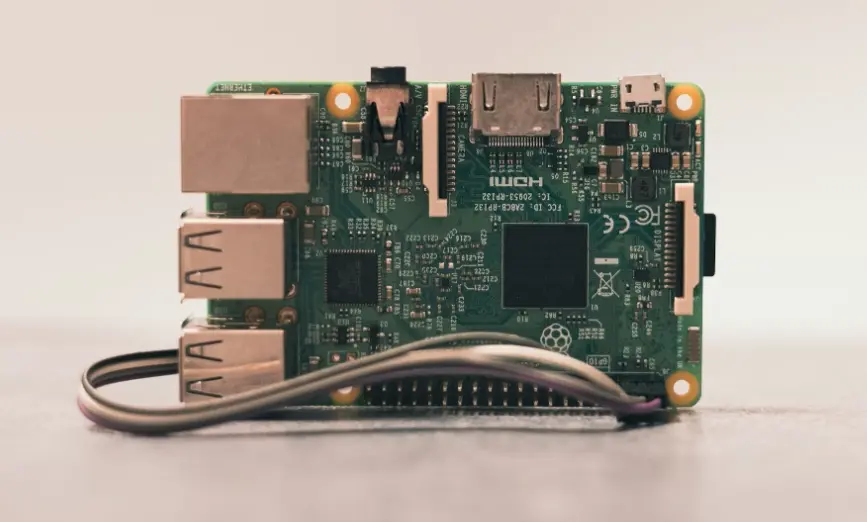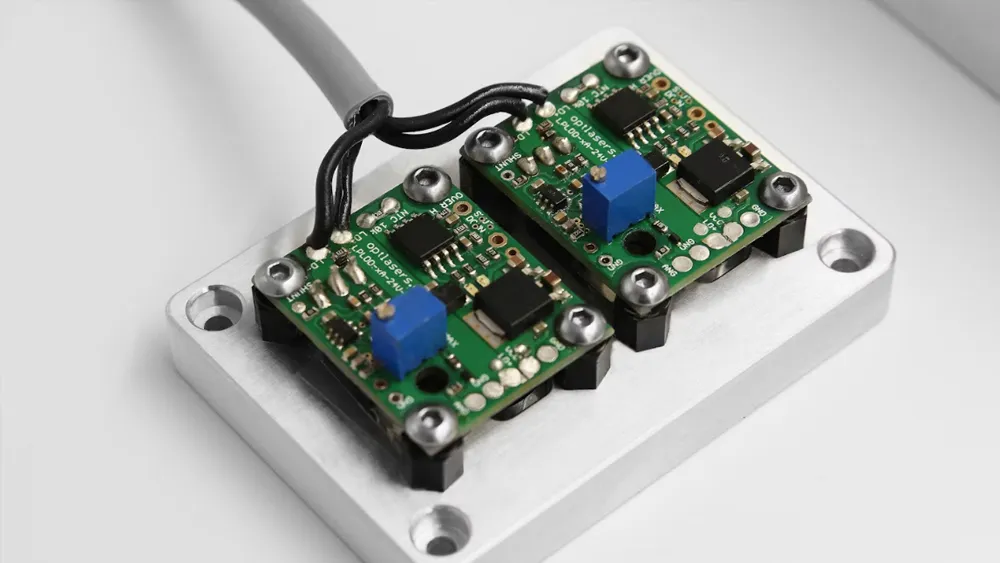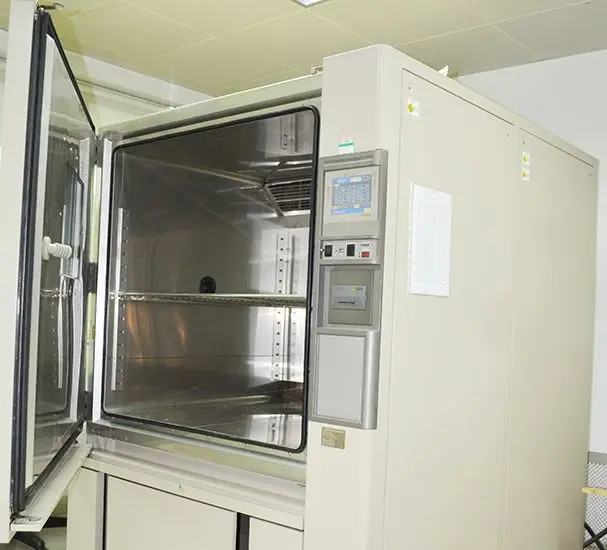
Router CE Certification Standards Testing
Routers are very common household electronic devices. Phones, computers, tablets, and other devices at home all need routers to connect to the internet. A qualified router not only meets performance standards but also complies with the basic requirements of the EU CE certification in terms of information security, electrical safety, electromagnetic compatibility, radio frequency, and more. CE certification is a fundamental requirement for routers entering the European market.

Routers are essential components in mULti-protocol label switching architecture. They act as the nerve center for direct internet access at different internet hubs and form the framework of internet technology. When entering European countries, routers must not only meet functional and standard requirements but also comply with EU CE certification in areas such as network information security, electrical safety, EMC, and radio frequency emissions.
Router CE Certification Standards:
EN 3328
This standard applies to devices operating in the 2.4 GHz ISM band using broadband digital transmission, including common products such as wireless LAN, Bluetooth, and ZigBee. There are many radio devices operating in this band. EN 3328 provides specifications for these products to ensure they do not interfere with each other or harm human health. It also sets clearer requirements for the performance of wireless receiving parts to improve radio spectrum utilization.
Router ce testing Requirements:
1. Electromagnetic Compatibility Testing (EMC Test)
2. Safety Testing LVD (low voltage directive) — required for RF products with battery input under the new directive
3. Radio communication equipment testing according to European ETSI standards (RF Test)
4. Notification of allowed spectrum use in Europe
5. CTRTBR Testing
6. Electrical safety and health protection testing (SAR)
7. Compliance with RoHS and REACH directives may also be necessary
Documents Required for Router CE Certification:
- Application form
- Product samples
- Product specification manual
- Product circuit schematic
- Block diagram
Router ce certification process:
1. The company submits an initial verbal or written application to our company.
2. The applicant completes the application form and provides it along with the product manual and technical documents to our company.
3. Our engineers determine the testing standards and items, then provide a quotation.
4. The applicant confirms the quotation and sends samples and related technical documents to our laboratory.
5. The applicant signs a contract with our company and pays the certification fee.
6. Our laboratory conducts product testing and reviews technical documentation.
7. Our laboratory provides the applicant with a product test report or technical documents, a ce conformity certificate (COC), and ce marking.
8. The applicant signs the CE Declaration of Conformity and affixes the CE mark to the product.
Certification period:1-2 weeks, depending on the product.
Email:hello@jjrlab.com
Write your message here and send it to us
 What is EU UFI Registration?
What is EU UFI Registration?
 EU UFI Registration for E-cigarette E-liquid
EU UFI Registration for E-cigarette E-liquid
 How to get the MSDS Report for Electronic Cigarett
How to get the MSDS Report for Electronic Cigarett
 Prop 65 Warning on Appliances
Prop 65 Warning on Appliances
 Apparel Heavy Metal Testing
Apparel Heavy Metal Testing
 Can You Conduct Lab Tests to UL Standards
Can You Conduct Lab Tests to UL Standards
 What Products Are Affected by Prop 65?
What Products Are Affected by Prop 65?
 CPSIA Compliance for Children's Products
CPSIA Compliance for Children's Products
Leave us a message
24-hour online customer service at any time to respond, so that you worry!




